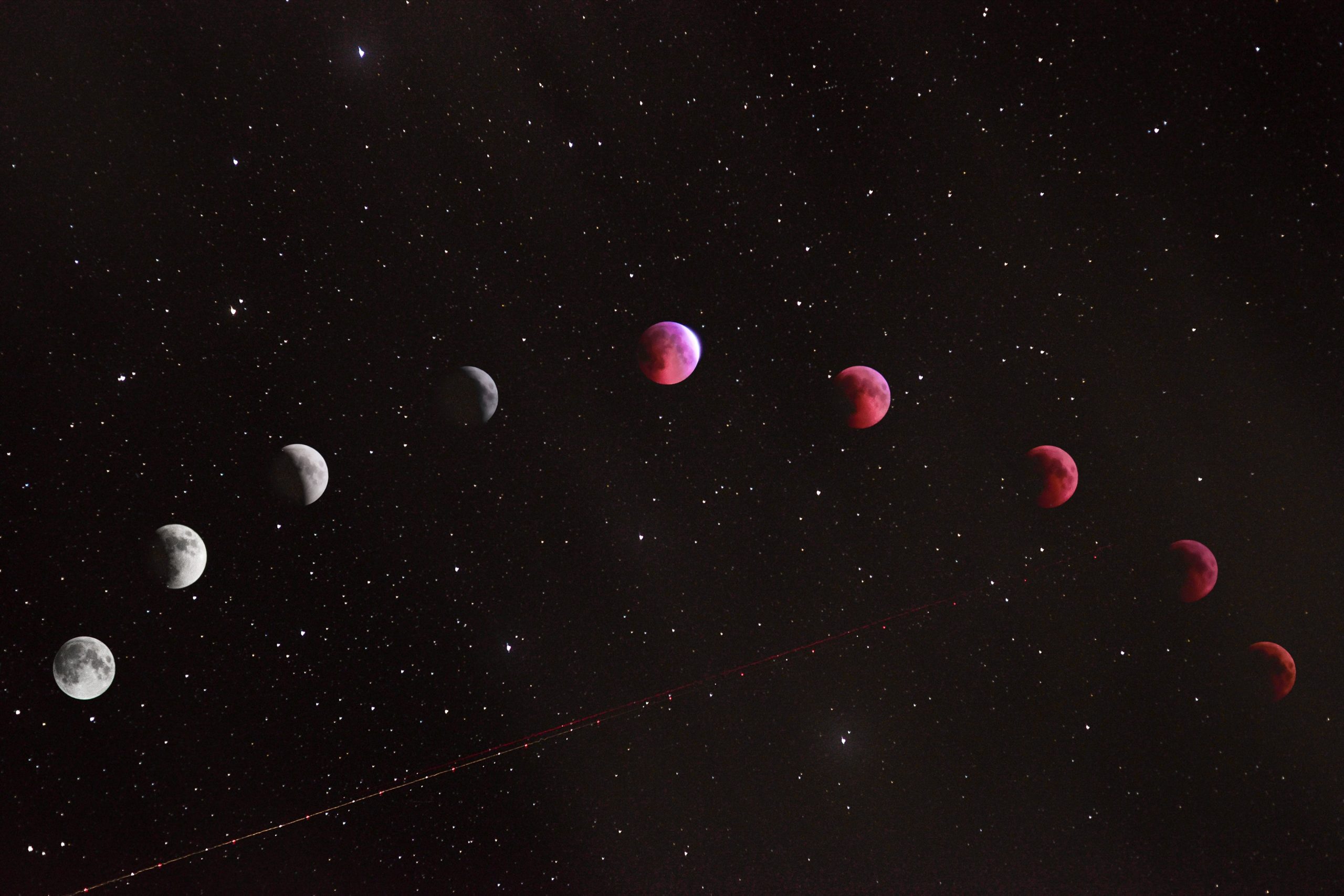The Do’s and Don’ts of Burning Things in Your Garden
There’s something primal and satisfying about sitting around a crackling fire, watching the flames dance and feeling the warmth on your skin. If you’re lucky enough to have a garden, you may find yourself tempted to bring this cozy experience to your outdoor space by burning things like garden waste or logs. While it can be a great way to dispose of organic matter and create a captivating ambiance, there are important considerations to keep in mind to ensure your safety and the health of your garden. In this blog post, we’ll explore the do’s and don’ts of burning things in your garden to help you get the most out of this experience.
The Benefits of Burning in Your Garden
Before we delve into the specifics, it’s essential to understand why burning things in your garden can be beneficial. Here are a few advantages to consider:
- Waste disposal: Burning garden waste like leaves, branches, and other trimmings can be an effective way to dispose of it, particularly if you have limited alternatives such as composting or a green waste collection service.
- Heat source: Burning logs or other fuel in a fire pit or outdoor fireplace can provide additional warmth during cooler evenings.
- Ambiance: The flickering flames and crackling sound can create a cozy and inviting atmosphere, perfect for gatherings or solitary relaxation.
The Do’s of Burning in Your Garden
To ensure a safe and enjoyable experience when burning things in your garden, follow these do’s:
- Check local regulations: Before you start burning, research the local regulations or contact your city or municipality to ensure you are allowed to burn in your area. Some regions have strict rules and may require permits.
- Choose the right spot: Select a location for your fire pit or outdoor fireplace that is well-ventilated, away from flammable objects like overhanging branches or wooden structures, and conforming to any local regulations regarding distance from buildings.
- Prepare the area: Clear the area around the fire pit or fireplace of any debris, dry vegetation, or flammable materials that could catch fire. Ideally, create a fire-resistant zone using non-combustible materials like gravel or stone.
- Have proper tools and equipment: Keep a garden hose, fire extinguisher, or sand nearby to quickly extinguish the fire if necessary. It’s better to be cautious and prepared.
- Use the right fuel: Use dry, seasoned wood or commercially available fire logs specifically designed for outdoor use. Avoid burning treated or painted wood, which can release toxic chemicals.
The Don’ts of Burning in Your Garden
To ensure your safety and avoid potential hazards, here are some important don’ts when burning things in your garden:
- Burn prohibited materials: Never burn plastic, rubber, foam, painted materials, or any other substances that can release toxic fumes when burned. These emissions can be harmful to you, your neighbors, and the environment.
- Burn during dry or windy conditions: Avoid burning when it is excessively dry or windy, as this increases the risk of the fire spreading beyond your control. Check weather conditions and postpone burning if necessary.
- Leave the fire unattended: Never leave a burning fire unattended. Even a small ember can start a fire that can quickly get out of control.
- Burn in an unapproved container: If you are using a fire pit or outdoor fireplace, ensure it is designed for the purpose and complies with local regulations. Using makeshift or unapproved containers can be dangerous and increase the risk of accidents.
- Forget to inform your neighbors: If you share a fence or live in close proximity to other houses, it’s considerate to inform your neighbors about your plans to burn. This allows them to take necessary precautions and ensures good neighborhood relations.
Alternatives to Burning
While burning can be a convenient option for waste disposal, it may not be suitable for everyone or every situation. Here are a few alternatives to consider:
- Composting: Setting up a composting system in your garden allows you to recycle organic waste, enriching your soil and reducing the need for chemical fertilizers.
- Green waste collection: Check if your local waste management services offer green waste collection or drop-off points. This can be a convenient and environmentally friendly way to dispose of garden waste.
- Hire a professional: If you have large quantities of garden waste or are unsure about handling it yourself, consider hiring a professional gardening or waste removal service to take care of it for you.
In Conclusion
Burning things in your garden can be a rewarding experience if done safely and responsibly. Remember to check local regulations, choose the right spot, and use the appropriate tools and fuel. Respect the environment, your neighbors, and ensure the fire is fully extinguished before leaving it unattended. If burning is not an option or doesn’t align with your preferences, explore alternatives like composting or utilizing green waste collection services. By being mindful and informed, you can enjoy the warmth, ambiance, and practical benefits that burning things in your garden can provide.
Table of Contents
